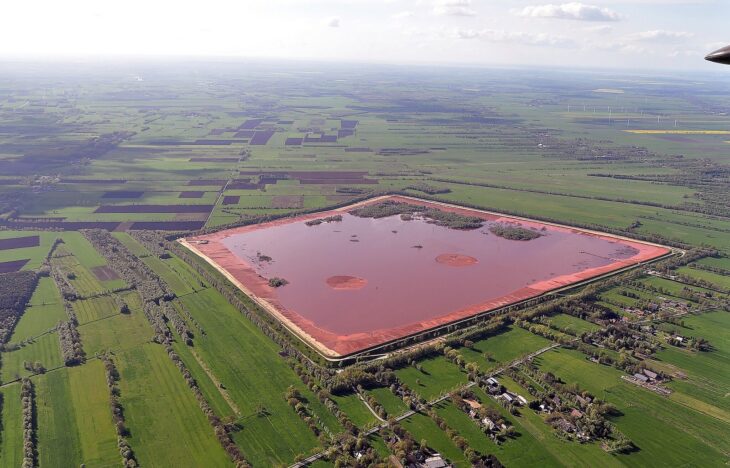Alumtek Minerals (AM), based in Australia, recently completed research and development on bauxite residue waste, commonly known as red mud, which has resulted in the development of a technology to extract critical raw materials. Following a collaboration with Cement Australia, AM developed a supplementary cementitious material (SCM) that meets the stringent Australian Standard AS3582.4 and has the potential to substantially reduce CO2 emissions.
Red mud is an alkaline by-product of the alumina industry and is usually stored in tailing dams. This presents a serious hazard for both the environment and local communities. The new technology developed by AM aims to address this hazard by enabling the extraction of critical minerals, such as vanadium, titanium, gallium, aluminum hydroxide (used in primary aluminum production), and high purity iron oxide.
Further research with Cement Australia explored the development of SCM for the cement industry. The project was supported by a Cooperative Research Centres Project (CRCP) grant. The two-year collaborative research project enabled AM’s technical process to successfully remove the alkalinity and chloride impurities from the red mud, resulting in the development of a new SCM product.
AM’s SCM not only serves as a viable replacement for fly ash and slag, but also offers significant environmental advantages, including:
- Reduction in CO2 Emissions: Utilizing red mud, which requires less processing compared to clinker, significantly reduces the total CO2 emissions from the cement manufacturing process.
- Conservation of Resources: By incorporating a by-product from other industrial processes, the cement industry can lessen its demand for virgin raw materials, contributing to the conservation of natural resources.
- Waste Diversion: By utilizing red mud — an industrial waste — the SCM diverts waste from landfills, mitigating the environmental impact associated with waste disposal.
- Energy Efficiency: The production of the SCM is more energy-efficient than traditional clinker production, resulting in energy savings and reduced greenhouse gas emissions.
When used to replace a portion of clinker during cement manufacture, the SCM has the potential to reduce CO2 emissions substantially. In addition, when used as a SCM in the production of green concrete, it has been found to overcome some of the limitations of green concrete, such as delayed setting times and reduced initial strength.
As coal-fired power stations close down and fly ash supplies diminish, the availability of ground granulated blast furnace slag (GGBFS) is expected to dwindle as steelworks decarbonize. This new SCM emerges as a sustainable local alternative, offering Australian cement and concrete companies an opportunity to reduce CO2 emissions, decrease imports, and support local production.
AM is actively seeking joint venture partners to propel this innovative SCM solution to the next level, demonstrating its commitment to driving sustainable practices within the cement industry.

